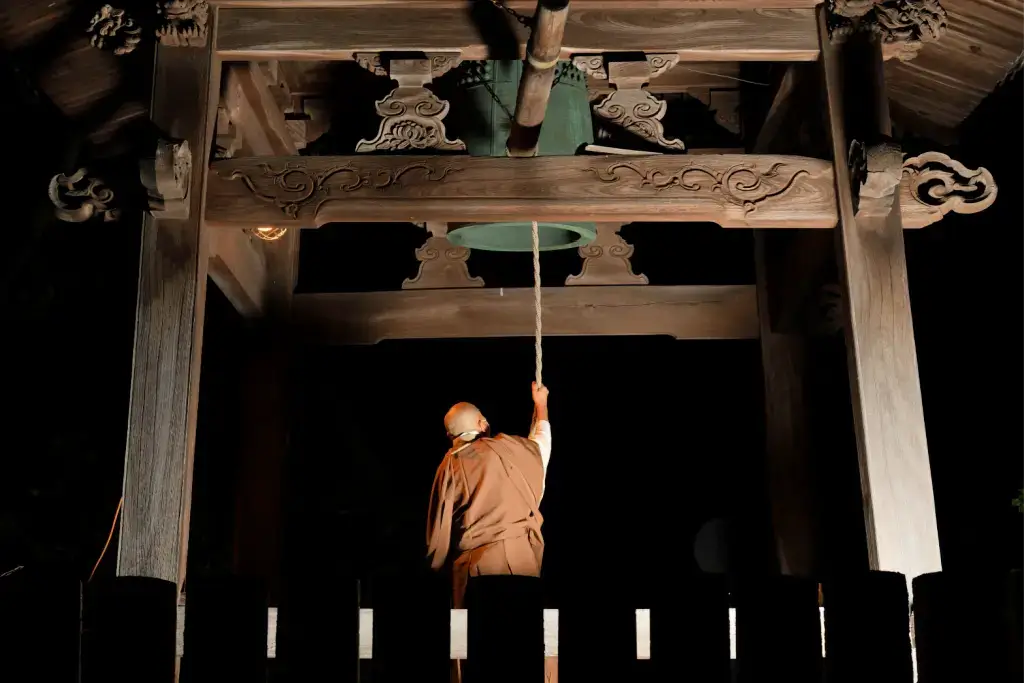Joya no Kane is important during Japan’s annual Omisoka (New Year’s Eve) celebrations. Japan has practiced this ancient tradition for centuries, carrying a profound Buddhist philosophy. Most broadcasting channels in Japan air this traditional event so everyone can witness the important New Year’s moment. So, let’s explore how people in Japan ring together during the new year!
Table of Contents
ToggleWhat is Joya no Kane?
Joya no Kane (the night bell), is a beautiful and meaningful tradition at Buddhist temples across Japan every New Year’s Eve. As the clock approaches midnight on December 31, priests ring the temple bells108 times to mark the transition from the old year to the new. The ceremony is about both the experience and the sound of the bells. Visitors can join in at many temples and take turns ringing the bell. Each strike is made with a large wooden beam, creating a deep, echoing sound filling the winter night.
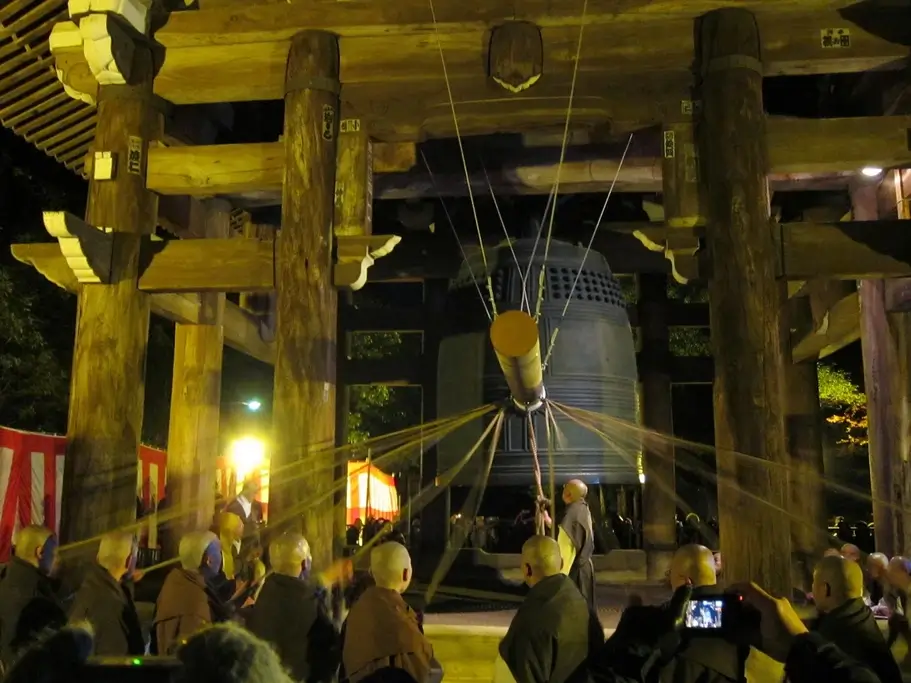
This custom has a long history. It started during the Kamakura period (1185–1333) when Zen Buddhist practices from China were brought to Japan. Over time, it evolved into a uniquely Japanese tradition celebrated in Zen temples and many Buddhist temples nationwide. During the Edo period, it became a popular topic in haiku poetry. By the 1930s, radio broadcasts helped spread the tradition of ringing in the new year to more temples and people throughout the country.
Why do they ring the bell 108 times?
According to Buddhist teachings, humans are burdened by 108 earthly desires or passions, known as bonno. These desires are said to cloud the mind and lead to suffering. By ringing the bell 108 times, each toll helps dispel one bonno, symbolically clearing away negative thoughts and feelings from the past year. The final strike at midnight marks a fresh start, letting go of past worries.

Moreover, the origins of the number 108 are also fascinating. In Buddhism, this number is linked to the six senses. These are sight, hearing, smell, taste, touch, and mind, which can each produce pleasant, unpleasant, or neutral experiences. These 18 experiences are divided into pure and impure, resulting in 36. Multiplied across the past, present, and future, the total becomes 108. Additionally, traditional Japanese calendars divide the year into 108 segments, emphasizing the connection between this ritual and the changing seasons.
Are you looking for great snacks to help you ring in the New Year? Check out Sakuraco! Sakuraco delivers traditional Japanese snacks, teas, and sweets from local Japanese makers directly to your door so you can enjoy the latest treats directly from Japan!
Are there any notable festivals that occur while ringing in the New Year?
Joya no Kane at Chion-in Temple
Chion-in Temple in Kyoto is one of the best places to experience the ringing in the New Year. This temple is renowned for its daibonsho (massive bell), which stands over three meters tall and weighs over 70 tons. Because of its size, it takes a team of 17 monks to strike the bell!
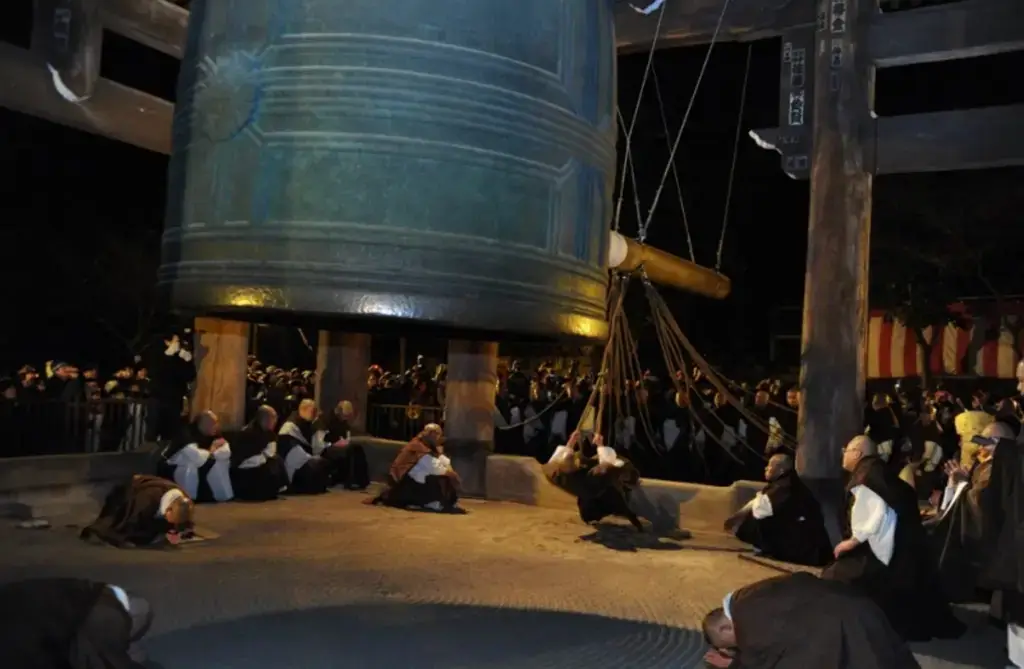
The ceremony is one of Kyoto’s most popular events, attracting locals and tourists. The monks chant as they strike the bell, making a strong and peaceful sound considered one of the best winter sounds in the city. Visitors to Chion-in Temple can enjoy this sacred moment, the teamwork of the monks, and the deep connection to Japanese culture and Buddhist traditions.
Countdown Celebration at Tokyo’s Citizens’ Square
This countdown celebration is held annually at the Tokyo Metropolitan Government Plaza in Nishi-Shinjuku. The festivities generally start at around 6 pm with a fantastic projection mapping light show, lighting up the plaza with vibrant colors and stunning visuals.
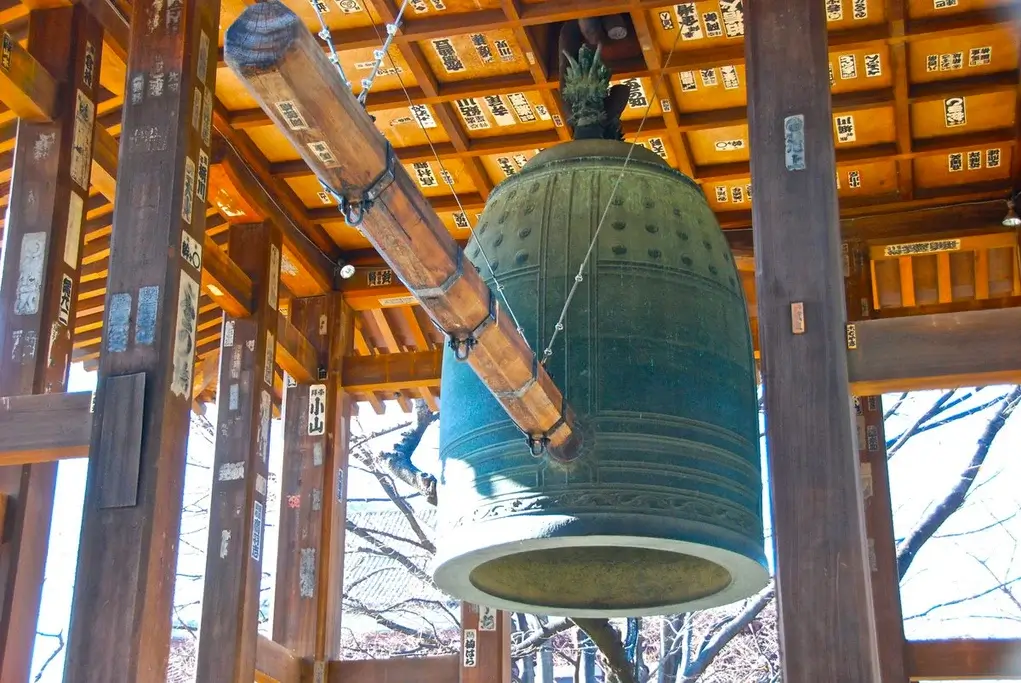
This family-friendly event also has special appearances by famous performers and characters like Sanrio’s Hello Kitty, making the evening even more exciting. One of the highlights is the lantern release, where hundreds of lanterns filled with wishes for the new year are sent into the sky.
New Year’s Eve Countdown Party at Hilton Tokyo
The Hilton Tokyo in Nishi-Shinjuku hosts a grand New Year’s Eve countdown party each year, offering an exclusive and exciting way to ring in the new year. The party occurs in the hotel’s fancy fourth-floor ballroom with a “Mysterious Masquerade & Casino” theme. Everyone wears masks to keep their identities secret, adding to the thrilling atmosphere.
The night includes games, live performances, DJs, and dancing, making it a glamorous festival. In addition to the ballroom festivities, Hilton Tokyo’s three bars and lounges also host lively countdown events, where guests can enjoy all-you-can-drink options and delicious meals.
Why is Joya no Kane important in Japan?
Joya no Kane is an essential tradition in Japan because it symbolizes the cleansing of the past year’s troubles and embracing a new beginning. Ringing the bell more than a hundred times offers reflection and spiritual renewal. It’s a meaningful way to ring in the new year, linking people with their spiritual roots and their cultural heritage.
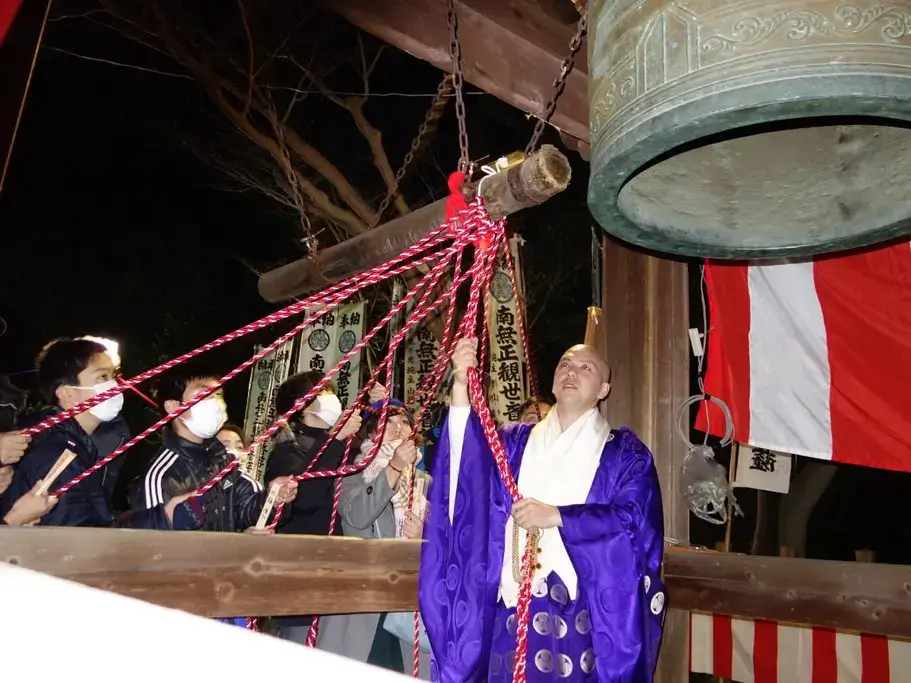
For many, this tradition also encourages peace and hope as they enter the new year. What other Japanese traditions do you think bring people closer together during the holiday season? Feel free to share your thoughts in the comments below! If you could celebrate New Year’s Eve in Japan, which spot would you choose to experience Joya no Kane? Feel free to share your thoughts in the comments below!

